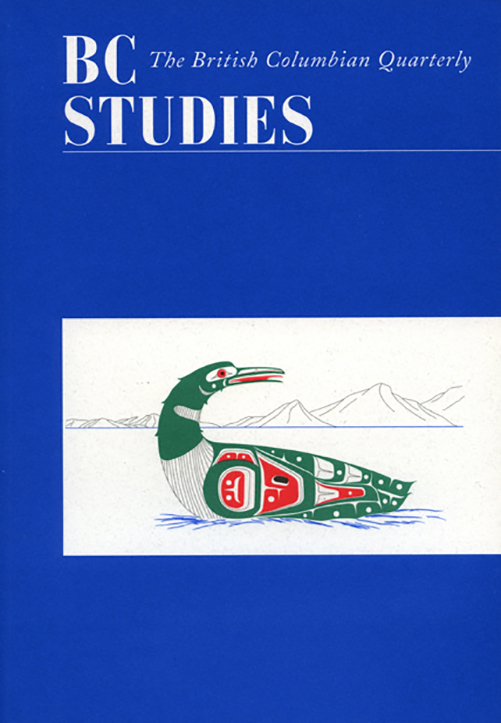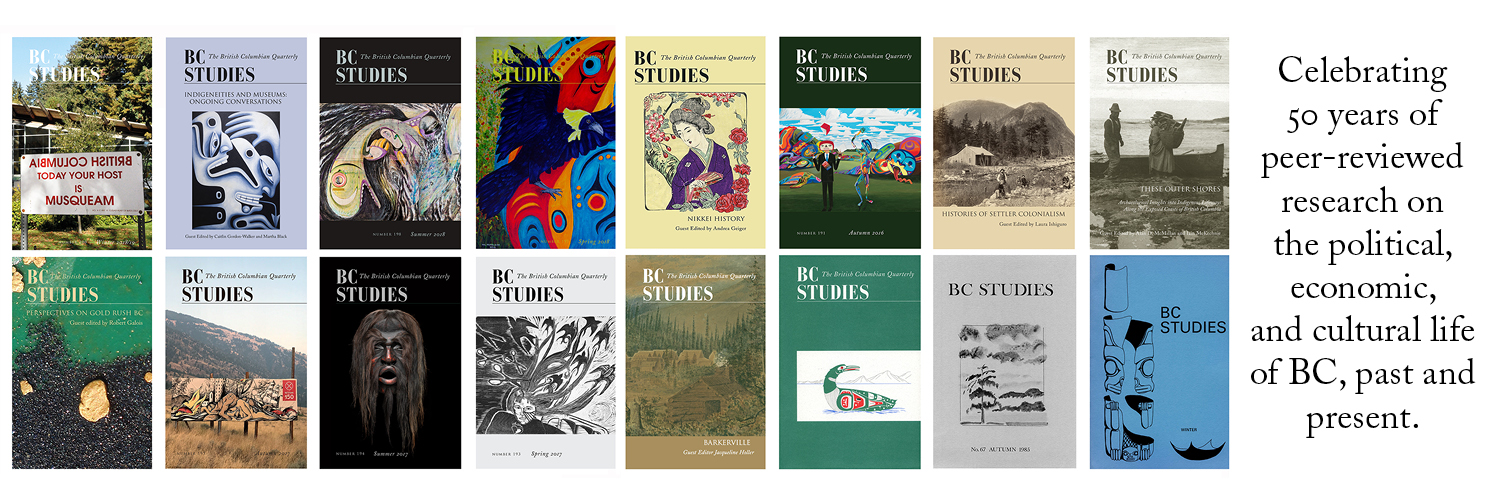Shale Gas Development in Fort Nelson First Nation Territory: Potential Regional Impacts of the LNG Boom
DOI:
https://doi.org/10.14288/bcs.v0i184.184887Keywords:
shale gas, Fort Nelson First Nation, environmental impacts, unconventional gas, LNG, cumulative impact assessment, resource management, natural gas and LNG, environment, energy, water, northern developmentAbstract
British Columbia is rapidly pursuing the development of a liquefied natural gas (LNG) export industry on the province’s Northwest coast. The natural gas required to feed the export industry will primarily be extracted from shale gas reserves in northeast British Columbia, including the traditional territories of the Fort Nelson First Nation. In collaboration with the Fort Nelson First Nation Lands Department we have compiled figures that illustrate the pace, scale and character of shale gas development in northeast British Columbia. We argue that they reveal the urgent need for more robust assessment and monitoring of the cumulative upstream effects of the growing unconventional gas industry. Without an informed understanding of the industry’s impacts there is increasing risk to the Northeast’s ecological and social resilience. Robust, independent research on upstream impacts must be a precondition to an LNG industry in British Columbia.



